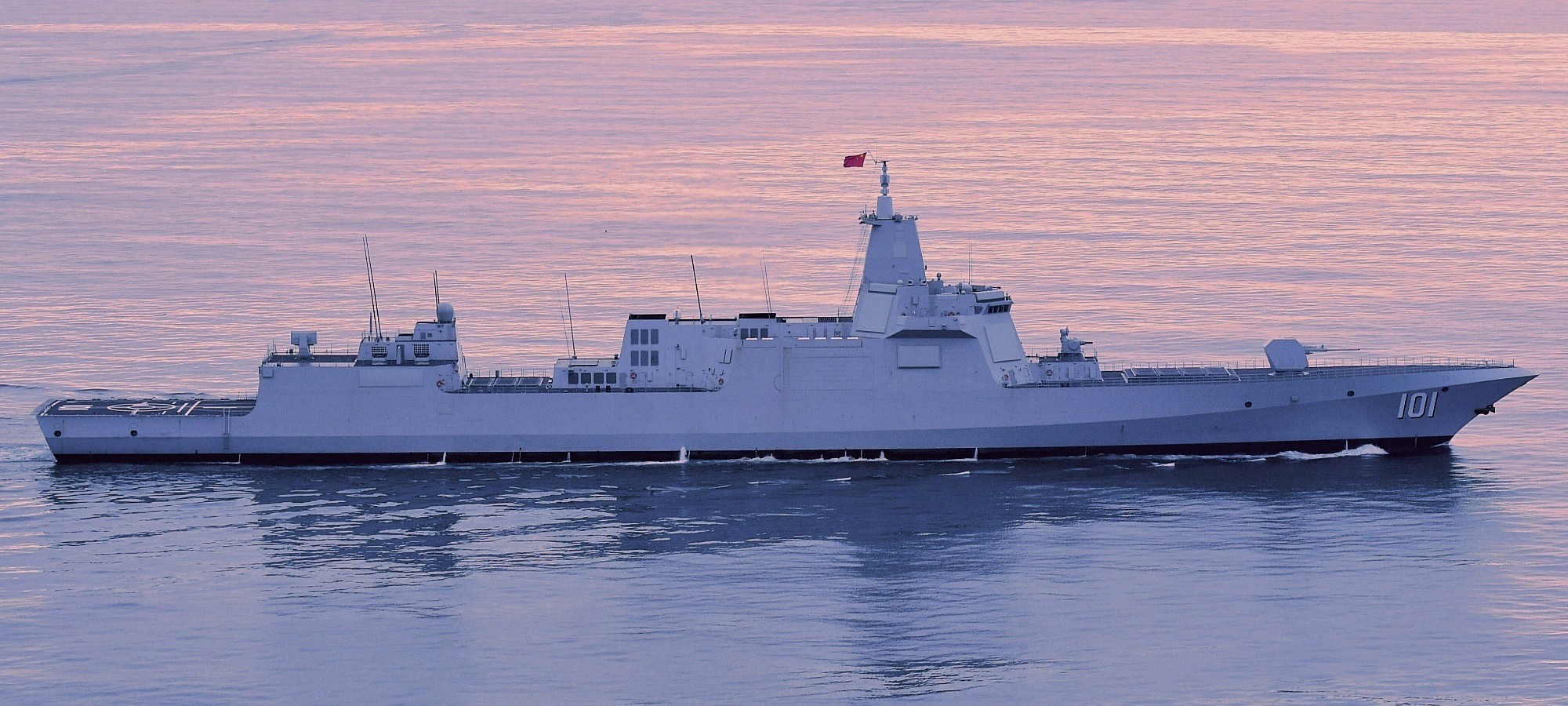SPQ-9B is not a primary search radar. It is a fire control or gunnery radar with a search function. Having a fire control radar with a search function is not uncommon. One thing the SPQ-9B doesn't do is missile target illumination as it lacks continuous wave, because it is a pulse radar. It uses Pulse Doppler for search+track and MTI for surface sea search+track. Using X-band its search is also limited, hence it still has to be paired with a primary search radar, with the exception of the smallest ships where the configuration would not allow you to pair multiple radars.
One good reason why SPQ-9B isn't used for missile illumination is that it lacks the power to do so over range compared to the
SPG-62. The tube amplifier needed for the range needed with AEGIS requirements would have to be powerful, heavy and huge, and you cannot put that high up on a mast, you have to sit those in the main hull.
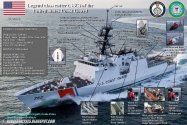
With regards to the purported X-band radars on the Flight III Mod (which is what I like to call it), its functions should be parallel to the SPQ-9B. Removing the illumination requirements lightens the development load on the radar. It lessens your power requirements which can lessen the weight of the sets, and you don't want too much weight high up on a ship. It should a lot of power for an X-band beam to get a lock quality illumination on a target 150 to 200km, and the farther it goes, the more reasonable it is to use active guided SAMs and get rid of SARH.
Can't completely rule out that the 055 won't have ICW if you plan on using HQ-17s but if you are using only active guided missiles in your future, ICW is moot and you don't need to burden your design specs with it.
This display is from the SAST institute that designs the HQ-16 and its associative radars. The ICW seeker for the HQ-16 is probably meant for a new series of AESA based vehicular radars replacing the previous units for the land based HQ-16.
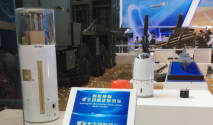
Ship display on the back is likely to have an X-band radar on top of the mast, but still retains the Front Dome illuminating radars for the HQ-16.
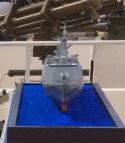
It looks like the same radar on top of Test Ship 892 before and some say this is the X-band radar on the 055 being tested then, but in single panel form. A single face would be light enough and won't require as much power compared to a four faced set.
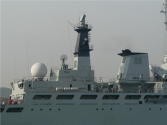
One good reason why SPQ-9B isn't used for missile illumination is that it lacks the power to do so over range compared to the
SPG-62. The tube amplifier needed for the range needed with AEGIS requirements would have to be powerful, heavy and huge, and you cannot put that high up on a mast, you have to sit those in the main hull.

With regards to the purported X-band radars on the Flight III Mod (which is what I like to call it), its functions should be parallel to the SPQ-9B. Removing the illumination requirements lightens the development load on the radar. It lessens your power requirements which can lessen the weight of the sets, and you don't want too much weight high up on a ship. It should a lot of power for an X-band beam to get a lock quality illumination on a target 150 to 200km, and the farther it goes, the more reasonable it is to use active guided SAMs and get rid of SARH.
Can't completely rule out that the 055 won't have ICW if you plan on using HQ-17s but if you are using only active guided missiles in your future, ICW is moot and you don't need to burden your design specs with it.
This display is from the SAST institute that designs the HQ-16 and its associative radars. The ICW seeker for the HQ-16 is probably meant for a new series of AESA based vehicular radars replacing the previous units for the land based HQ-16.

Ship display on the back is likely to have an X-band radar on top of the mast, but still retains the Front Dome illuminating radars for the HQ-16.

It looks like the same radar on top of Test Ship 892 before and some say this is the X-band radar on the 055 being tested then, but in single panel form. A single face would be light enough and won't require as much power compared to a four faced set.

Last edited:

